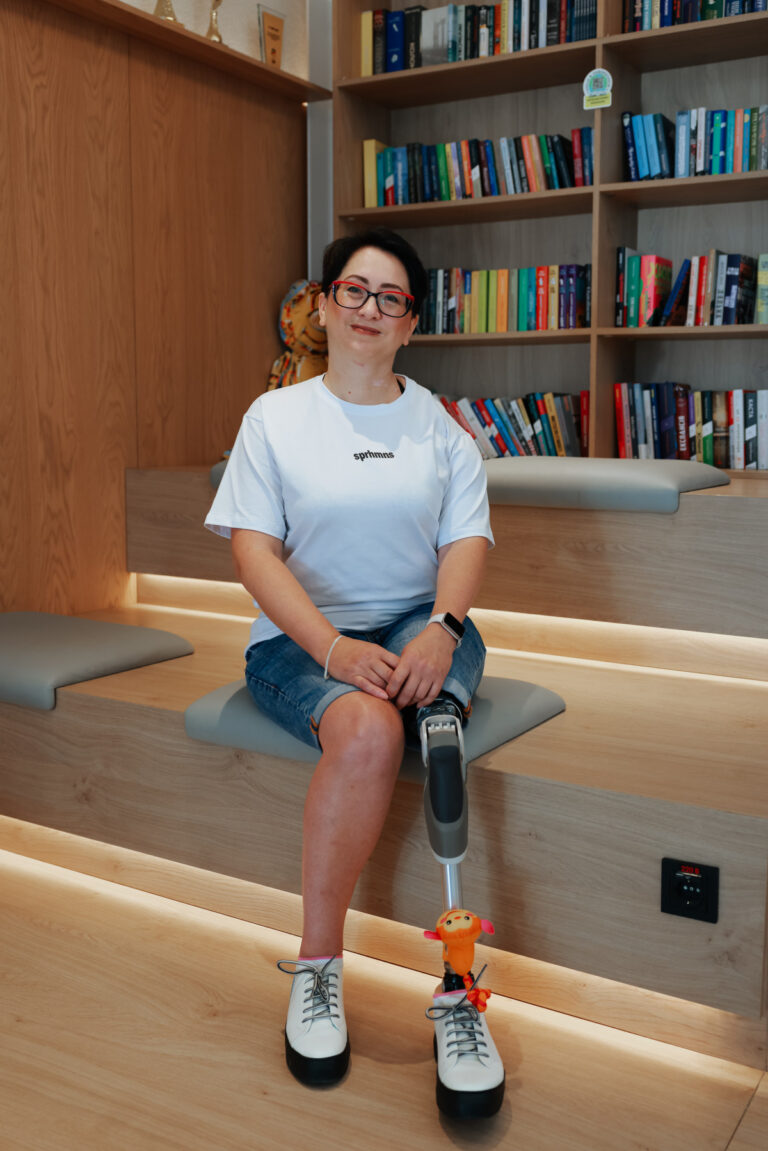Regarding modern-day Ukrainian culture and the significance of its global display
This year at Burning Man, the Ukrainian team unveiled the “Blue Bull” – a colossal mobile platform, standing ten meters tall, adorned with furs, ornamental details, and illuminated art.
The artcar was fitted with a robust audio setup, transforming it into a stage for artistic showcases. Throughout the celebration, Benny Benassi, Xinobi, Wahm, Omer Keinan aka T-Puse, in addition to Alina Pash, Fima Chupakhin, 8Kays, The Organism, and various other performers graced the platform.
The “Blue Bull” was brought to life by the crew from the research and design agency “Workshop of Miracles,” led by Mitya Zinoviev, with collaborative input from artist-designer Rostislav Dudchenko.
The designers showcased a contemporary take on Ukrainian folk art, emphasizing its emblematic imagery and foundational models.
“The images of Maria Prymachenko greatly influence Ukraine’s image, showcasing it as inventive, spiritual, formidable, and unconquerable. Ukraine is more than just conflict and sorrow; it is also home to remarkable artists who forge a shared cultural language. This language resonates worldwide,” asserts Anastasia Prymachenko, the Maria Prymachenko Family Foundation’s co-founder.
Based on the “Blue Bull” concept, what qualities define current Ukrainian culture, and why is its international visibility so crucial? We present insights from Mitya Zinoviev, Serhiy Zhadan, Anastasia Prymachenko, and Katya Taylor.
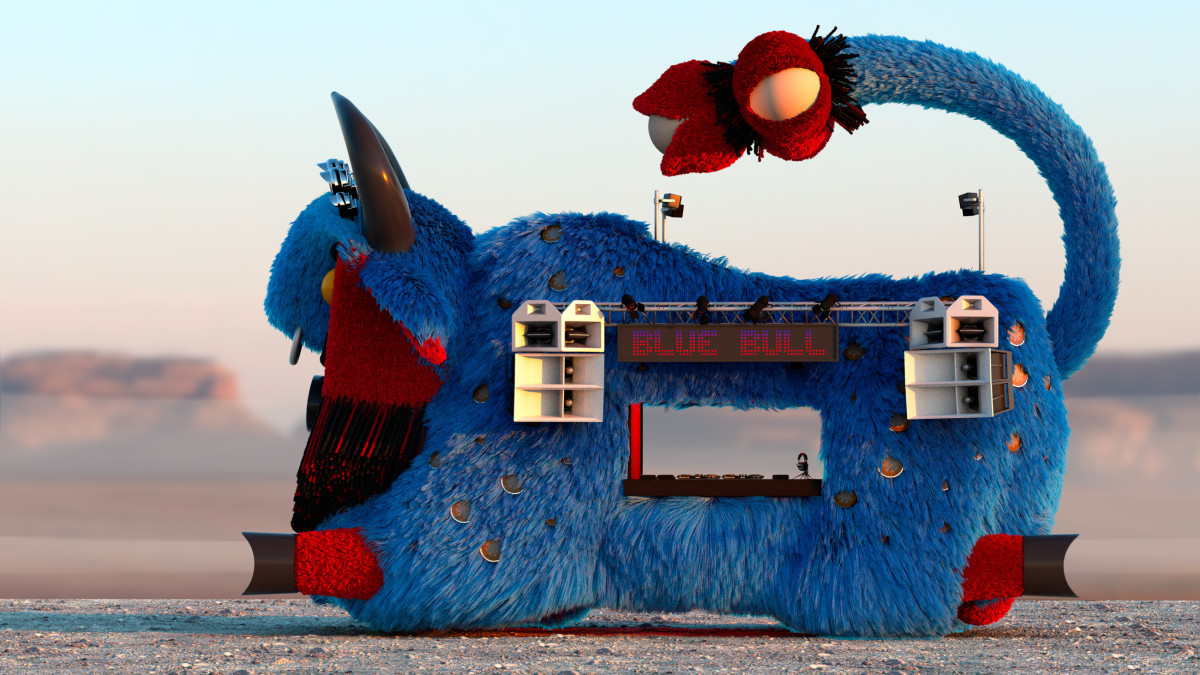
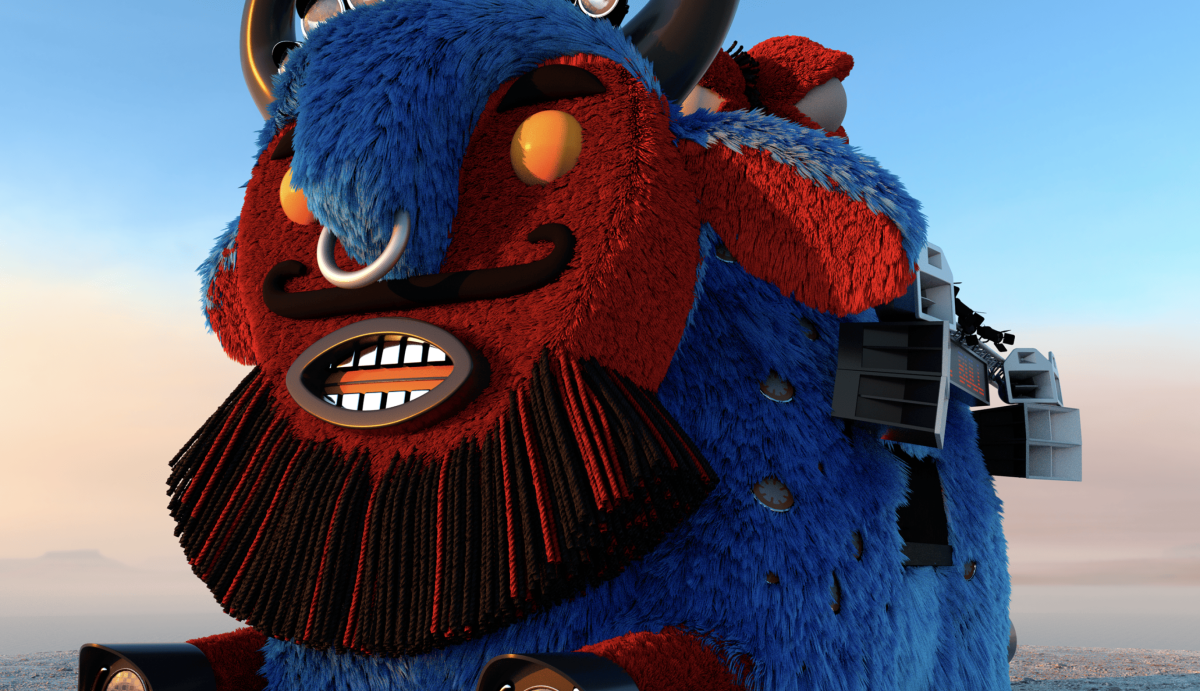
Mitya Zinoviev
Leader of the research and design agency “Workshop of Miracles”
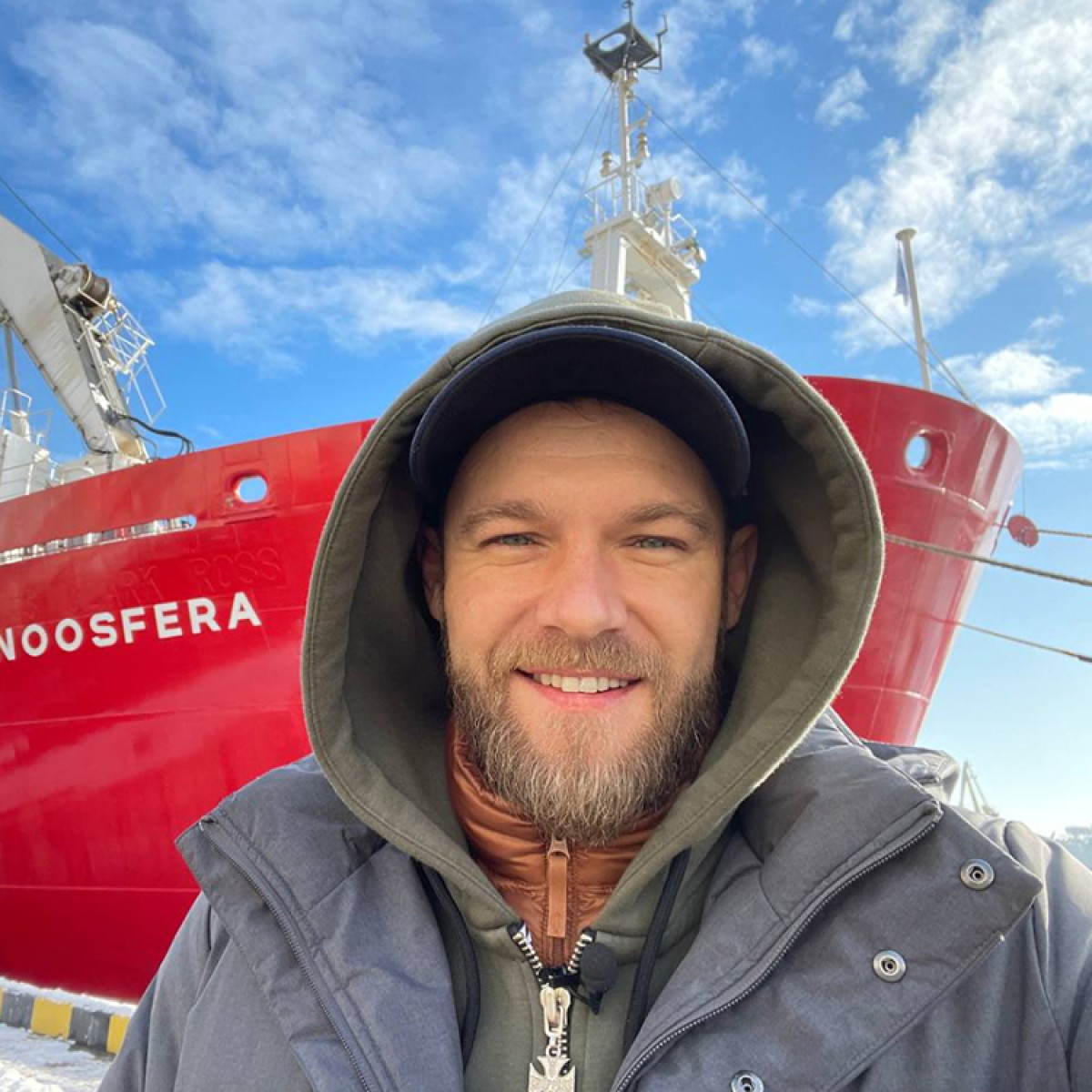
The rationale behind the R&D Bureau’s current investment in artists and culture
At the Miracle Workshop, our cultural commitment transcends aesthetics. It is about the prospects ahead. We are living through a period when weaponry and battlefield actions dominate the news cycle. Yet, it remains crucial to connect with people globally, reaching out to the everyday individuals who influence and shape governmental strategies. It’s imperative to articulate our identity. Culture serves as the communication tool through which we convey our narrative to the world.
The “Blue Bull,” drawing inspiration from Maria Primachenko, embodies this idea. It transcends being merely an artistic display in the Nevada terrain; it represents an emblem of resilience and revival, conveyed in a universal symbolic language. Primachenko crafted animal figures that resembled protectors, and this guarding essence is felt even now. The very essence that the adversary sought to eradicate by destroying museums and the artist’s artistic heritage, we elevated onto the world stage, positioning it at the heart of a premier art event.
This action is more than symbolic; it is about recovering self-respect, an act of cultural communication. It also exemplifies our vision for the “Workshop of Miracles”: a hub where engineers, artists, and creators collaborate to develop representations that resonate far beyond Ukrainian borders. The Blue Bull evolved from a mere piece of art into a declaration: even amid conflict, we retain the capacity to pioneer a fresh cultural expression and refine foundational representations to ensure universal understanding.
Serhiy Zhadan
author, musician, and member of the Charter military unit
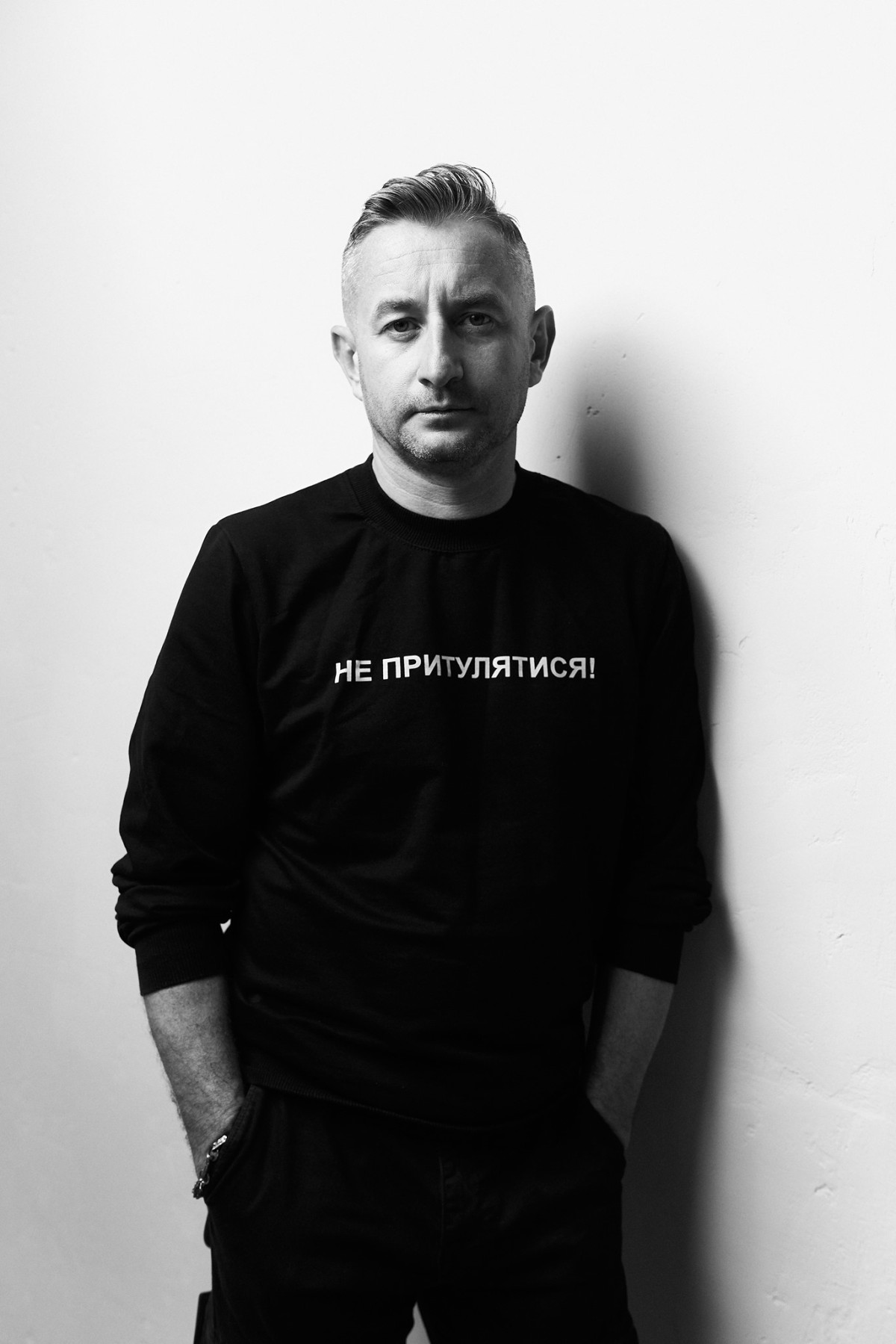
Is Ukrainian culture experiencing the rise of a new mythology?
Our time-honored mythology is gaining greater significance: it is being defined, distinguishing itself from foreign impacts and narratives forced upon us by Russia or the Soviet era. It is this, no doubt, that grounds future strategies. The current period may appear as an interlude — we are, in fact, at a critical historical juncture, a break in time. These conditions foster mythological narratives: novel heroes emerge, accompanied by novel motivations and epics. While this comes at a severe cost, often involving bloodshed, these elements solidify into something foundational that will define our descendants’ origins.
What narratives are currently the most prevalent?
It appears that the emergence of a new type of hero may be the primary narrative. Precisely, a victorious hero, one capable of defending and safeguarding what is rightfully theirs. This presents something distinctly new, refuting the Russian perception of us. The Russian Empire has consistently portrayed us as a defeated population, a society devoid of self-governance. However, a new Ukrainian figure emerges, equipped to defend, resist, and counteract.
The second aspect of importance is a feeling of unity, a sense of belonging to a circle of individuals with shared passions. This represents a completely different viewpoint of Ukrainians concerning their place. It distinguishes us from the aggressor and the occupant.
Do modern-day literary works concerning the war shape collective memory for subsequent generations?
Undoubtedly, literary works become integrated into our history. However, the discussion must extend beyond mere fiction to encompass the vast collection of texts that now populate the Internet, alongside factual reports and eyewitness accounts. These are the voices of the Ukrainian people – those stationed at the front lines, residing in embattled zones, and working in the home front. Society today is actively voicing its narratives, capturing its experiences, and conveying its emotions.
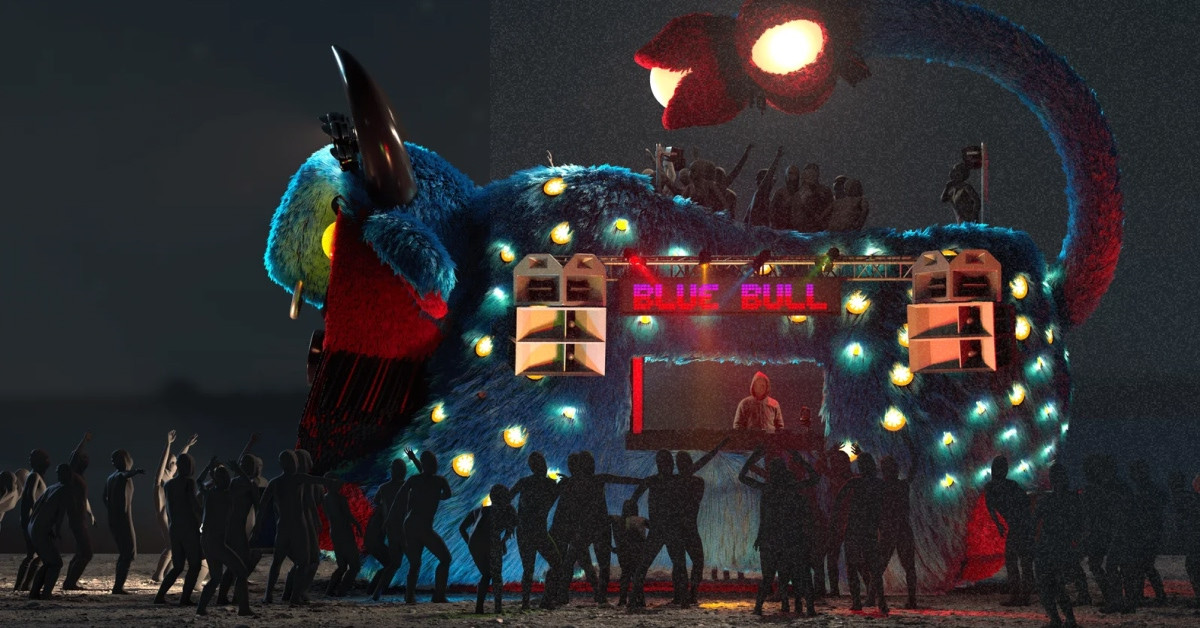
Are Ukrainian archetypes and symbols distinct from those found in European or American literary traditions?
Homer established all archetypes long ago; they are merely revitalized by particular circumstances. Currently, Ukrainians are bringing global attention back to fundamental concepts that have shaped European culture and have consistently been supported. These concepts include liberty, autonomy, respect for humanity, and the recognition of one’s individual area and its importance for safeguarding. We are now reminding the world about dignity, liberty, and equity. These values represent more than abstractions; they are ideals worth fighting for.
Anastasia Primachenko
great-grandchild of Ukrainian artist Maria Prymachenko and co-founder of the Maria Prymachenko Family Foundation
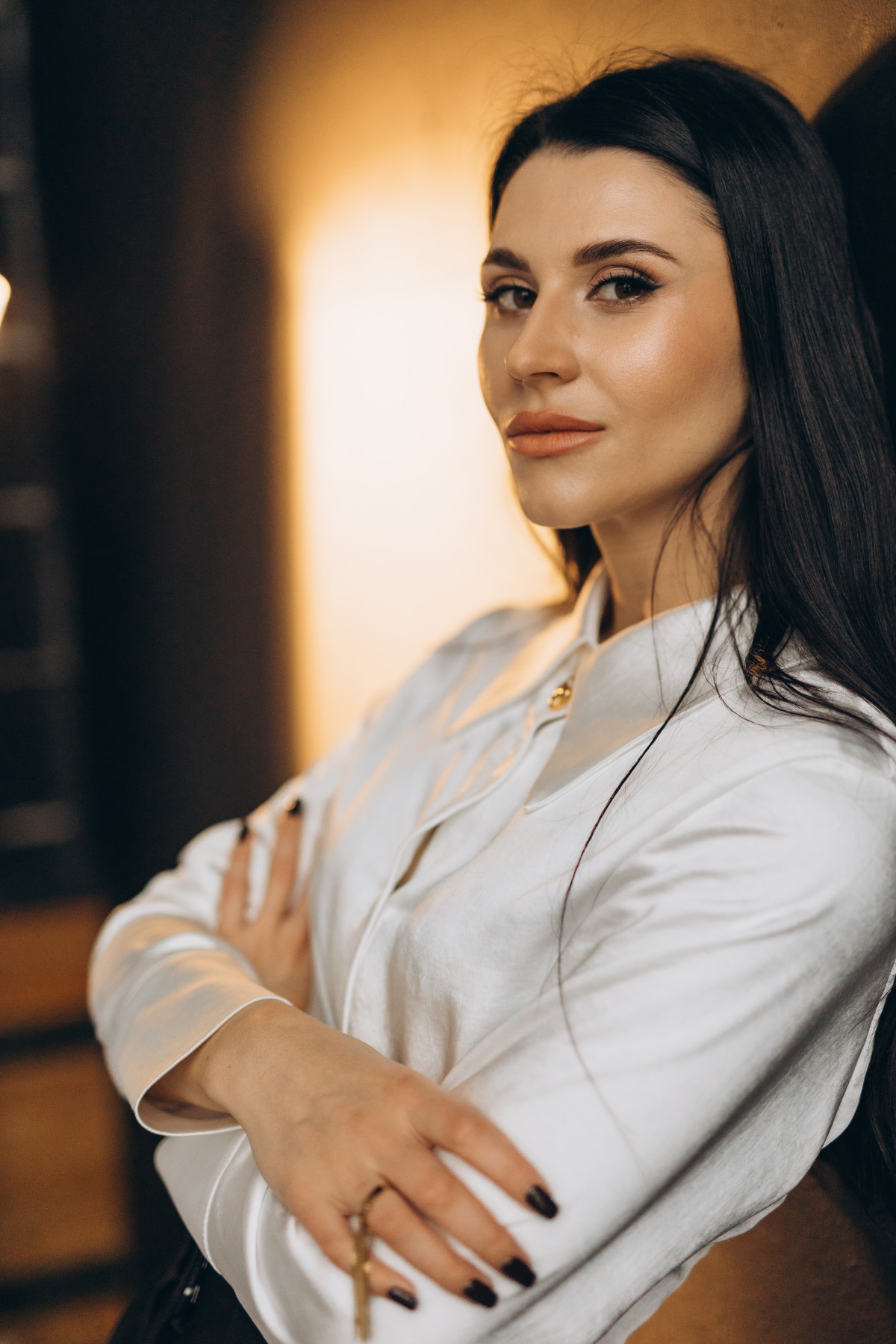
The reason why Maria Prymachenko’s fantastical animals and beings became symbolic of the Ukrainian unconscious within the “The Blue Bull” presentation
Foremost, Maria Prymachenko’s work is about the right to free expression. She articulates important issues through images that are universally accessible on a subconscious level. This is particularly relevant now, as we navigate a full-scale conflict — turning our survival instincts on high. We possess this voice, unafraid to express our sentiments.
An additional significant aspect centers on the recurring theme in Maria Prymachenko’s artwork: the battle between good and evil. Crucially, good consistently prevails, regardless of the intensity of the darkness.
It is my belief that Ukrainians are genetically predisposed to combatting this evil over centuries. This quality is uniquely ours, purely Ukrainian.
Ukrainians, even those unfamiliar with the artist, sense a profound connection upon viewing Maria Prymachenko’s paintings. It is not about a constructed mythology or legend, but about our very way of life, the living history of Ukraine.

Maria Prymachenko
On the significance of the imagery found within Maria Prymachenko’s paintings
The potency of Maria Prymachenko’s artwork resides in its contribution to our country during the conflict. Consider, for example, “Flowers grew near the fourth block,” a painting that garnered half a million dollars at a charitable sale aimed to aid the Armed Forces of Ukraine.
These animal, flower, and bird depictions embody guardian angels. This is the potent force developed by Maria Prymachenko. A remarkably powerful instrument that enables us to continue advocating for our country. This potential explanation is why it is perceived in such a way.
The blue bull symbolizes a guardian, a protector during the night. This symbol became engrained in our collective awareness through a nightly children’s program. The image remains recognizable to every Ukrainian, including the younger generations. Today, it signifies the evening and sleep, evoking a feeling of safety and protection during slumber.
I’m drawing more attention to certain artworks at this moment. These are floral tributes. Maria Prymachenko created an impressive series of works — exquisite flowers that she dedicated to others.
I feel there is more to them than just appreciation or beauty. Prior to understanding the implications of all-out conflict, flowers were merely decorative to me. However, now, when I observe red poppies for border guards, fallen soldiers, and mass burial sites, I react viscerally as I discern suffering within these images.
Because of this, I believe Maria and I have grown closer. As conflict surged, I began to more fully appreciate her essence, both as an artist and as a person. Her affection for her kin, her spouse, and her offspring is now conveyed in a fresh manner through her artwork.
She has developed into an even more intricate character for me, as I have evolved and learned to recognize her suffering. Her portfolio is filled with such sentiments.
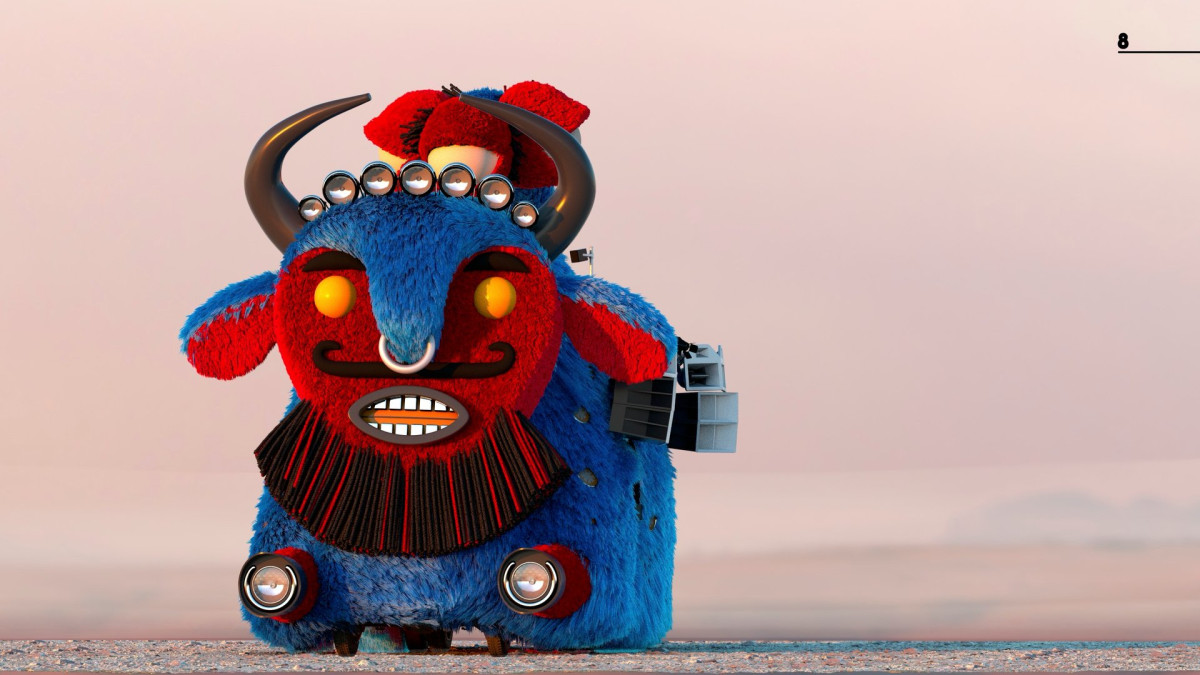
I was once presented with an insightful observation: other artists frequently aim to highlight and centralize suffering when they are expressing pain through their art. Maria, on the other hand, differed in her methodology. She created seemingly innocent and infantile drawings that spark positive emotions. If, however, one scrutinizes the underlying plot or title, they will uncover hidden suffering, social meaning, or even serious emotional injury. This distinguishes her from other artists.
Perhaps this clarification will address the initial inquiry: why do we comprehend her so fully, even subconsciously? Ukrainians possess humor, a passion for life, and the capability to process pain with lightness. Maria likewise expressed this humor and fondness for color and delight. She communicated her pain through color, lightness, and innocence. This deeply resonates with our current state: despite all adversities, we proceed to live, create, and celebrate.
Katya Taylor
cultural strategist, founder of Port of Culture
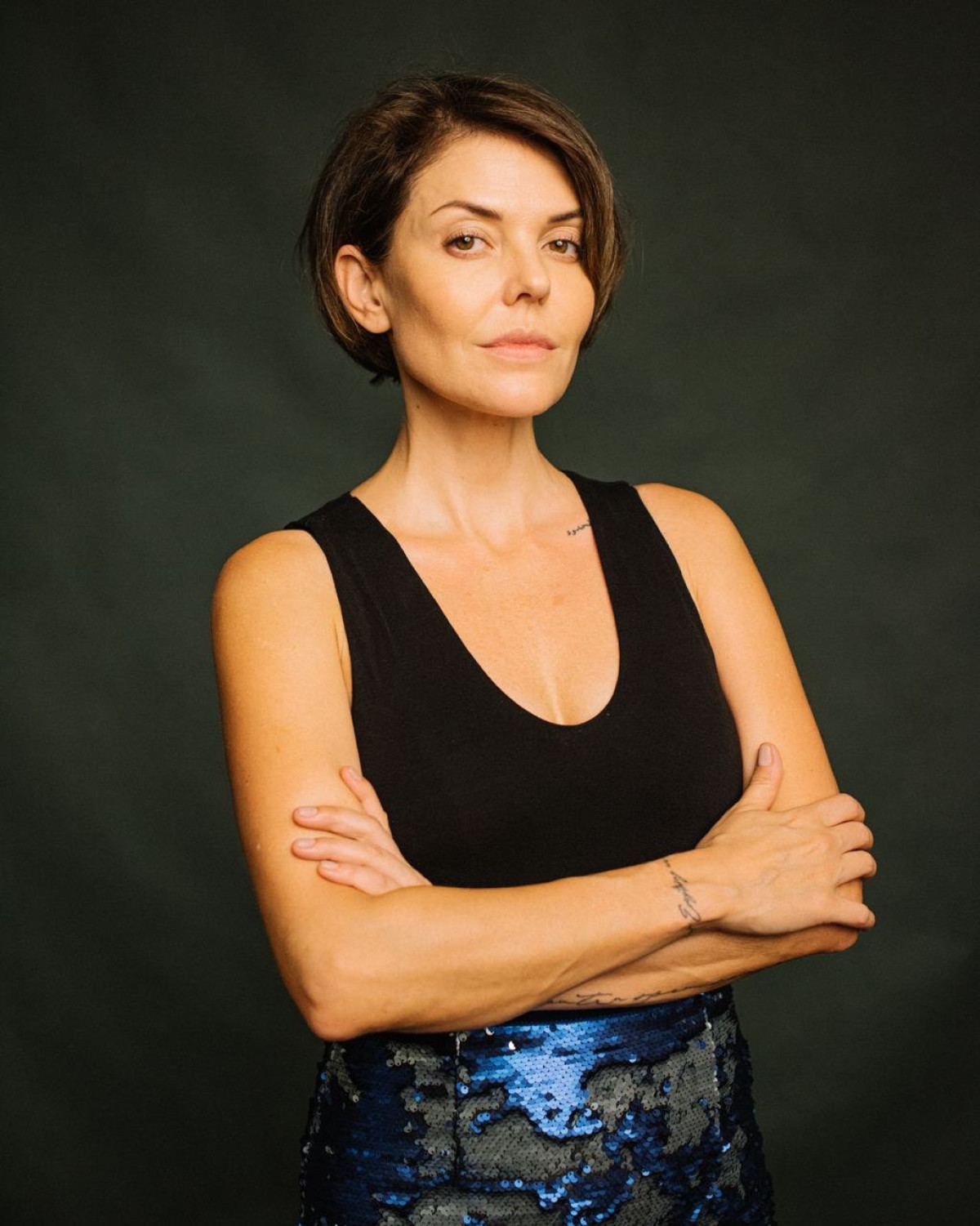
The contribution of cultural representations in forming Ukraine’s global profile
Cultural representations are predominantly effective for Ukrainians. Crafting new codes we can depend on is important for developing a new language — literally and metaphorically. Globally, we have formed several symbols: resilience, bravery, and resistance. Culture is not associated with any of these. We require greater time and a strategic plan for advancing these ideas. With scattered efforts, there lacked a unified strategy and core message concerning the cultural associations we wanted to evoke in non-Ukrainians.
Ukrainian representations and archetypes already comprehended by an international audience and that still require “translation” or world-wide explanation
Explanation is part of the assignment of diplomatic entities. We cannot state that we have ten messages to be imparted, expect the project to take ten months, and then assume our task is complete. Broadly, diplomacy involves advocating for the state’s principles and concerns in various countries. This is ongoing work that, when successful, affects not only governmental departments but also the broader public. It entails sustained presence, cooperation, and cultural exposure. Moreover, I would not address an unidentified global audience. In each nation, the communications will need to be unique and specifically designed. Discussions concerning decolonization may be useful somewhere, necessitating awareness of things like the Shot Renaissance. A focus on democracy may be more fitting in another region, necessitating the promotion of post-Maidan literature. The applied methodologies must be suitable for the issues and demands presented by the community into which we propose to assimilate.
Is it plausible to state that art and archetypes facilitate a “rebranding” of Ukraine on a global scale — shifting the general perception from “victim” to “creator”?
I am hesitant to claim that Ukraine has been labeled as a victim. Before the full-scale invasion, the fact is that no one had much knowledge of Ukraine. Presently, many are swiftly gaining understanding in various areas such as conflict, culture, and history. Ukraine has produced more interest over the course of about four years than it has during its complete duration of independence. The central question is, which themes ought to be sustained and what precise information do we desire to share about our history and culture?
This requires construction. I am also not sure that the image of “creator” is needed. We have multiple paths that are significant at this time: a path of decolonization, during which we articulate why there was no existing knowledge of us and what details are meaningful; a path of history and present struggles – explaining that the conflict’s origins do not begin yesterday; a route emphasizing Ukrainians as an ingenious, innovative nation through art, culture, and craftsmanship (growing cultural products); a path that encompasses our interconnected history and synchronicity with European historical contexts.


